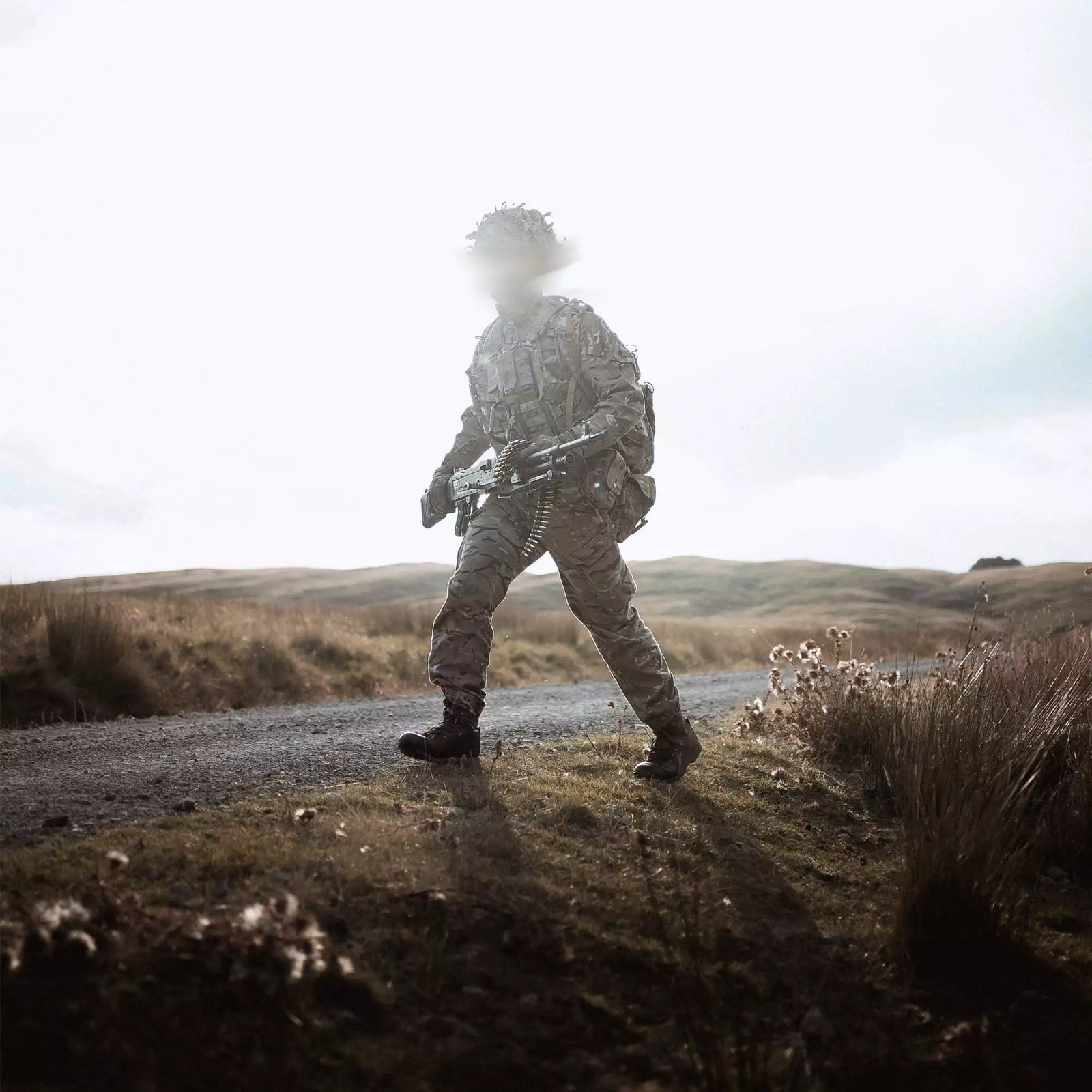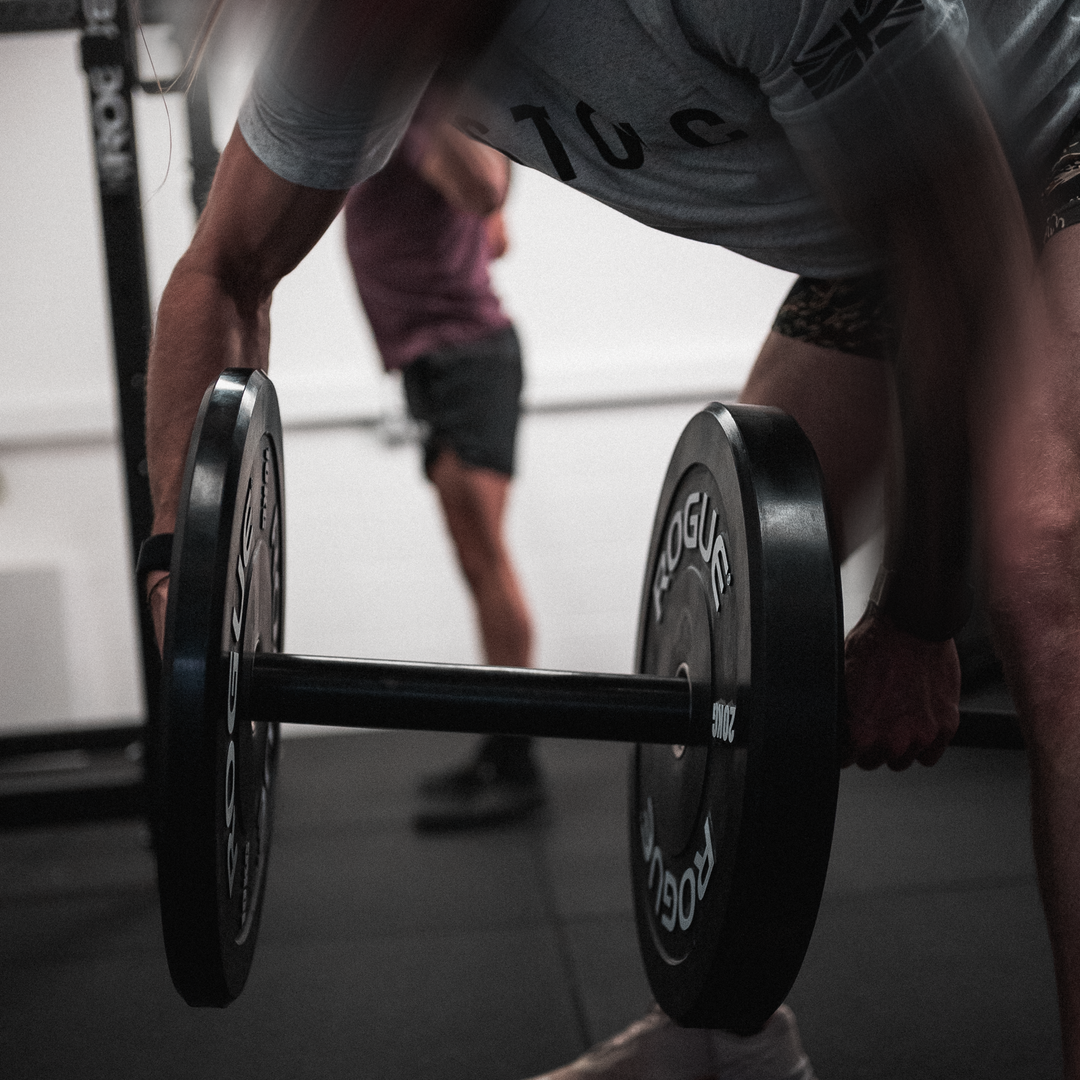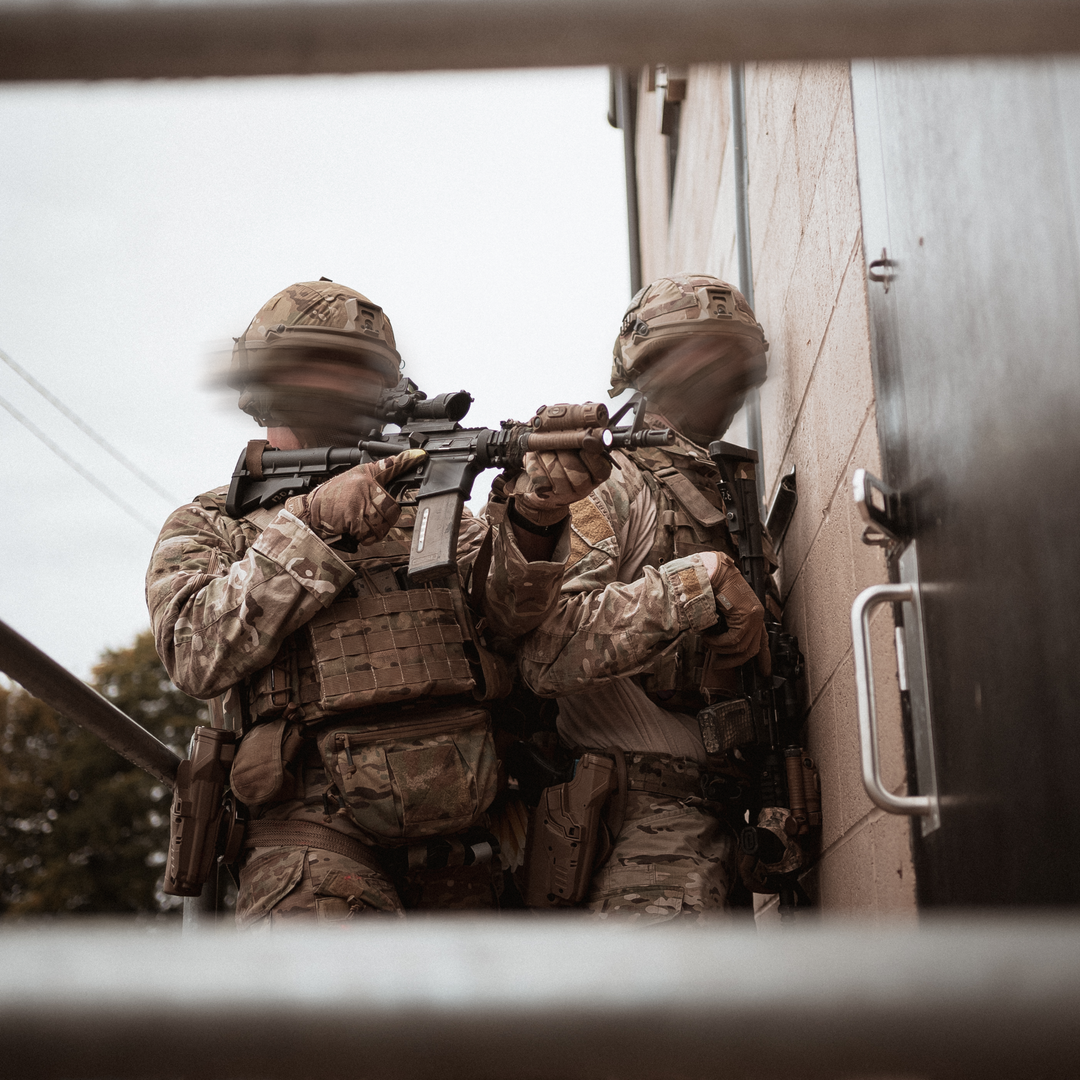WHAT IS STRESS AND HOW TO MANAGE IT

When considering stress, we associate emotional state such as a stoppage in your weapon whilst on a timed shoot or being stuck in traffic after a late stand-down. Rarely do we think of the stress in a hormonal capacity such as extended periods of poor nutrition, limited and broken sleep or hydration state. It is therefore the purpose of this article to highlight the various forms of stress and how the body deals with such. Before this however, to understand stress we must firstly understand how it manifests its self.
Homeostasis
To stay alive the human body must keep a variety of bodily functions within tight parameters, such as body temperature, blood glucose levels and blood pressure. The process of keeping these functions within their parameters is known as homeostasis. If the body fails to keep these vital functions within their parameters and therefore homeostasis is not maintained then things can very quickly deteriorate which can ultimately lead to death.
The body does not have a wide margin for error where homeostasis is concerned. We have to remember at all times the bodies main purpose is to produce energy needed for our survival, without energy to fuel our heart, brain and other organs we would die, this is why maintaining homeostasis is so important. Now by having an understanding of homeostasis, we can better understand stress and how it affects us.
Stress
Stress is defined as ‘anything that disrupts the bodies homeostasis’. When we train, there is a demand for more energy. When we eat rations, we force our bodies to metabolise reserves to meet the caloric deficit. When we have disrupted sleep, we impact brain function. All of these are examples of stress we incur as Tactical Athletes, the bodies response to any and all of these stressors is known as the ‘stress response’.

Stress Response
The stress response is absolutely vital to life and is the bodies way of making sure you have the available energy to fight any given stressor. An example would be that of our ancestors, when they came into contact with a predator or a ‘stressor’ their bodies would respond by rapidly increasing the production of certain hormones such as adrenaline and cortisol and mobilising the energy to where it was needed, in order to either stand and fight or escape. The stress response is vital to survival and can be seen across a number of species and it is commonly referred to as the ‘fight or flight’ response.
An important thing to understand is that stress is non-specific, what that means is that regardless of whether we are in the gym lifting weights, out on a 2 hour CFT, or depriving ourselves of sleep the body responds in the same way, by eliciting the stress response. Secondly it is important to understand mental stress is a stressor too. Mental stressors can and will evoke the exact same stress response as any physical stressor and there is a very good reason for this.
Consider the feeling when you are carrying out an advance to contact, you know the contact is going to happen at some point in the very near future but it is yet to happen, you will notice that your heart rate is severely elevated, you are breathing rapidly, you are acutely aware of every noise and movement, you can feel the adrenaline pumping through your veins. All this has happened when in reality all you are doing is walking, your mind has allowed you to switch on the stress response as it knows as soon as you hear the first round fired you will be thrown into a kinetic frenzy where all working muscles will be required to work at maximum effort as you deal with the contact.
Having the ability to switch on the stress response mentally gives the body a head start and can be the difference between life and death just as it was when our ancestors roamed the savannahs.
Allostasis
Now we understand homeostasis and stress we can look to understand allostasis. Whilst homeostasis is the bodies internal drive to keep everything with certain parameters, allostasis, is the complex way the body is actually able to achieve homeostasis. For example when you are faced with extreme heat, the bodies main aim is to maintain a stable body temperature and therefore homeostasis. A multitude of things take place for homeostasis to be maintained, your sweat rate is increased, your blood vessels dilate and your thirst increases. All of these small changes are allostasis in action.
Allostasis is all of the varying degree of changes the body makes to maintain homeostasis. What is important to understand is that allostasis is conducted by constantly changing to the environment and the stressors we encounter, in essence allostasis is the adaptation to stressors. This can be trained by controlled exposure to the stressor and adequate recovery to allow adaptation, the take away, ensure you are controlling for potential stressors associated with your role, both in the gym and on the range.




